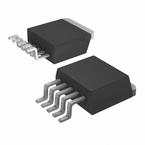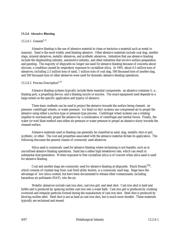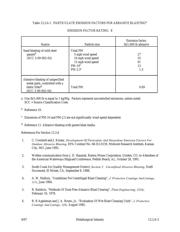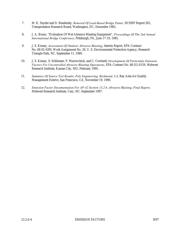下载

9/97 Metallurgical Industry 13.2.6-1
13.2.6 Abrasive Blasting
13.2.6.1 General
1-2
Abrasive blasting is the use of abrasive material to clean or texturize a material such as metal or
masonry. Sand is the most widely used blasting abrasive. Other abrasive materials include coal slag, smelter
slags, mineral abrasives, metallic abrasives, and synthetic abrasives. Industries that use abrasive blasting
include the shipbuilding industry, automotive industry, and other industries that involve surface preparation
and painting. The majority of shipyards no longer use sand for abrasive blasting because of concerns about
silicosis, a condition caused by respiratory exposure to crystalline silica. In 1991, about 4.5 million tons of
abrasives, including 2.5 million tons of sand, 1 million tons of coal slag, 500 thousand tons of smelter slag,
and 500 thousand tons of other abrasives were used for domestic abrasive blasting operations.
13.2.6.2 Process Description
1-9
Abrasive blasting systems typically include three essential components: an abrasive container (i. e.,
blasting pot); a propelling device; and a blasting nozzle or nozzles. The exact equipment used depends to a
large extent on the specific application and type(s) of abrasive.
Three basic methods can be used to project the abrasive towards the surface being cleaned: air
pressure; centrifugal wheels; or water pressure. Air blast (or dry) systems use compressed air to propel the
abrasive using either a suction-type or pressure-type process. Centrifugal wheel systems use a rotating
impeller to mechanically propel the abrasive by a combination of centrifugal and inertial forces. Finally, the
water (or wet) blast method uses either air pressure or water pressure to propel an abrasive slurry towards the
cleaned surface.
Abrasive materials used in blasting can generally be classified as sand, slag, metallic shot or grit,
synthetic, or other. The cost and properties associated with the abrasive material dictate its application. The
following discusses the general classes of commonly used abrasives.
Silica sand is commonly used for abrasive blasting where reclaiming is not feasible, such as in
unconfined abrasive blasting operations. Sand has a rather high breakdown rate, which can result in
substantial dust generation. Worker exposure to free crystalline silica is of concern when silica sand is used
for abrasive blasting.
Coal and smelter slags are commonly used for abrasive blasting at shipyards. Black Beauty ,
TM
which consists of crushed slag from coal-fired utility boilers, is a commonly used slag. Slags have the
advantage of low silica content, but have been documented to release other contaminants, including
hazardous air pollutants (HAP), into the air.
Metallic abrasives include cast iron shot, cast iron grit, and steel shot. Cast iron shot is hard and
brittle and is produced by spraying molten cast iron into a water bath. Cast iron grit is produced by crushing
oversized and irregular particles formed during the manufacture of cast iron shot. Steel shot is produced by
blowing molten steel. Steel shot is not as hard as cast iron shot, but is much more durable. These materials
typically are reclaimed and reused.






